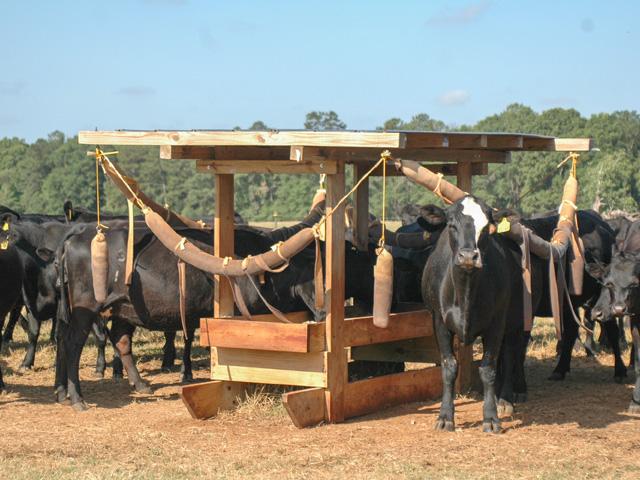Ask the Vet
The Trouble With Warts
READER QUESTION:
We have a commercial herd of Angus-Hereford crossbred cows, from which we normally carry replacement heifers each year. Our year-old heifers showed up with warts on their necks and faces a few years ago. We suspect they got them rubbing noses through the fence with some neighbor cows. We vaccinated them with a commercial product, pinched off the warts and quarantined them till they were clean. But the same cycle repeated the next year, and the next. We are in some sort of loop, and I want to know how to get out of it.
DR. MCMILLAN'S ANSWER:
Warts are caused by viruses, and there are multiple strains of these viruses. They are species-specific, so people can't get warts from cattle.
P[L1] D[0x0] M[300x250] OOP[F] ADUNIT[] T[]
Younger animals are almost always affected, with the warts most commonly found on the neck, head and shoulders. Warts may also occur in reproductive areas, including the penis and vagina. Warts tend to go away as cattle mature, but they can persist up to a year.
In my experience, warts tend to be cyclical in a cow herd. My theory is that herd immunity to the virus becomes low, and warts are then introduced through the addition of new cattle -- or from neighboring cattle, as in your case. Warts can spread directly cow to cow. But they can also spread through use of common scratching areas, like posts, buildings and even trees. Cleaning and disinfecting these areas can be difficult to impossible, but eliminating sharp edges and heavily used scratching areas might help.
Good control of flies, lice and other biting insects can decrease scratching and with that the spread of the virus that causes warts. Pasture rotation is also an excellent management tool, along with a shift in weaning areas.
You mention pinching off the warts, and the theory behind this is that when you do that, it releases the virus and allows the immune system to attack. In addition to use of a commercial vaccines, your herd veterinarian can create an autogenous vaccine, which is one made specifically for the strain of warts in your herd. To do this, he or she will collect warts and send them to a lab where the vaccine is created. Some will combine this approach with immunostimulants with excellent results.
**
Editor's Note:
Please contact your veterinarian with questions pertaining to the health of your herd or other animals. Every operation is unique, and the information in this column does not pertain to all situations. This is not intended as medical advice but is purely for informational purposes.
Write Dr. Ken McMillan at Ask the Vet, 2204 Lakeshore Dr., Suite 415, Birmingham, AL 35209, or email vet@progressivefarmer.com.
(c) Copyright 2022 DTN, LLC. All rights reserved.





